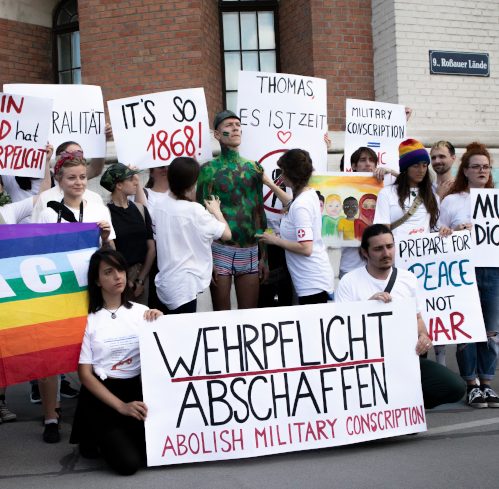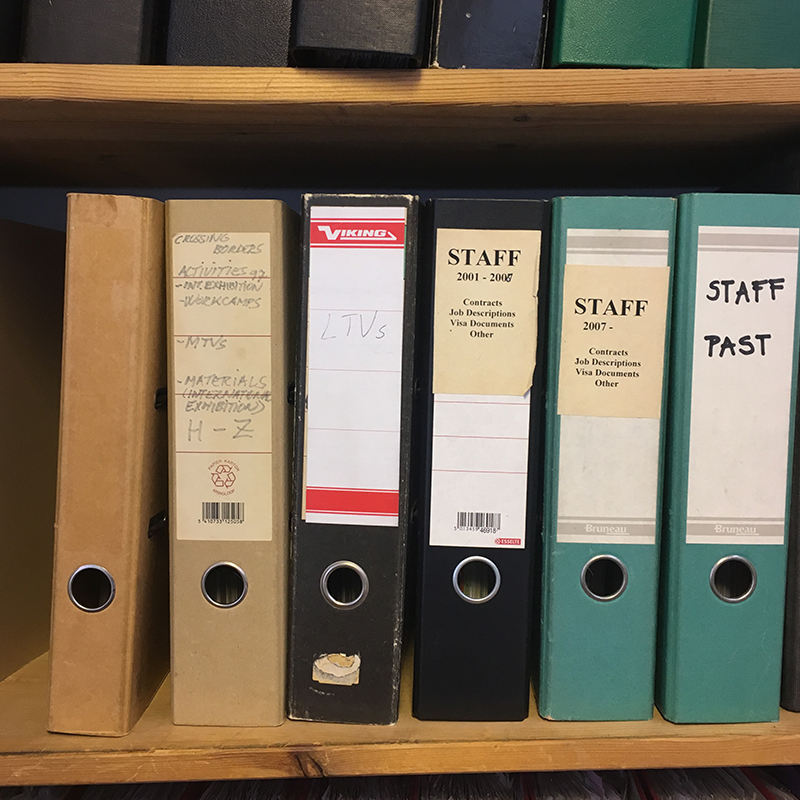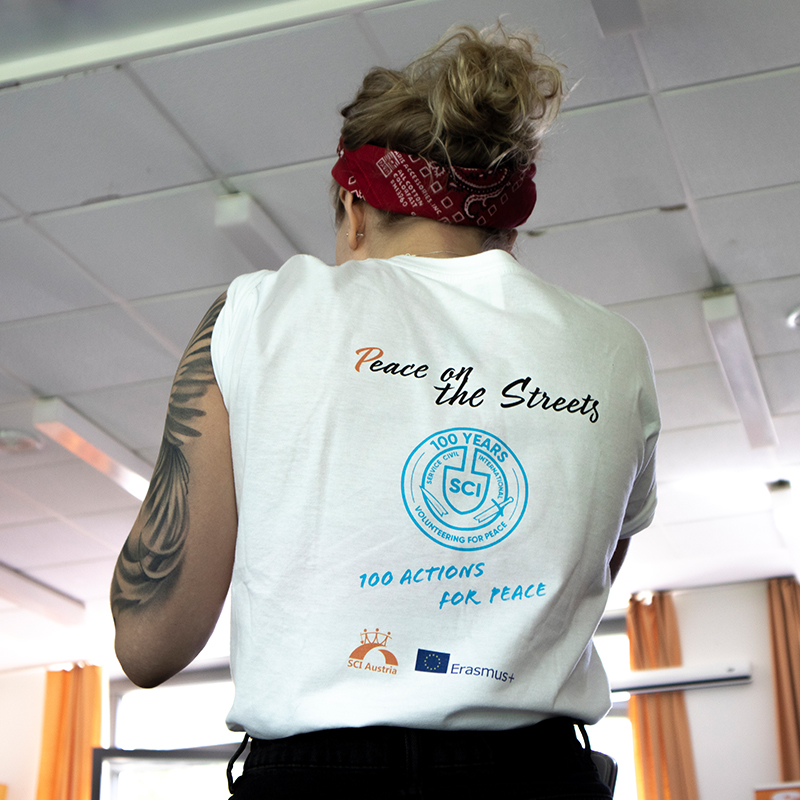Our History
The origins
SCI was founded by Pierre Cérésole, a Swiss engineer, who established a peace and humanitarian movement in the aftermath of World War I in 1920, thereby laying down the foundations of SCI. Cérésole organised the first international workcamp (voluntary project) on the former battlefield of Verdun (France) in 1920 in order to reconstruct the war damaged village Esnes-en-Argonne. Amongst the participants were three Germans and Cérésole wanted the workcamp to be a symbol of reconciliation between France and Germany. The volunteers build up temporary homes for the villagers and cleared the farmland.
In 1924 Cérésole organised a second international workcamp in Les Ormonts (Switzerland), which helped to clear rubble after an avalanche. This service was promoted as a model service for conscientious objectors, in order to support a political campaign to introduce an alternative service. In the following years more relief services were organized. The largest has been in 1928 in Liechtenstein with more than 700 volunteers from 28 countries, which cleared the Rhine valley plain after a heavy flood in 1927.


From Relief to Social Commitment
While during the first decade of SCI, voluntary projects were mainly relief services for regions affected by natural disasters, as of 1931 voluntary projects were implemented in other areas of social commitment as well, such as community projects (Wales) and development aid (India).
Humanitarian projects were also being organised, for example support was provided to refugee children during the Spanish Civil War and twenty years later also to war orphans in Tunisia during the Algerian independence war.
Establishing an International Organisation
Since 1920 SCI organised workcamps and activities with no formal structure in France, Switzerland, Great Britain, India, and other countries. As the idea workcamps expanded to other countries after World War II an international association of SCI branches with an international secretariat in Paris was founded. The volunteer exchange and workcamp organisation were improved (e.g. set up of a volunteer insurance). The number of workcamps and volunteers increased tremendously:
1947
46 workcamps in 9 countries
1968
298 workcamps in 24 countries
The number of branches increased similarly. In the 60s regional coordination structures for Africa, Asia and Europe were set up.

SCI Today
Today, SCI consists of 42 members (branches/groups) and an ever growing number of partner organisations in all continents. Short and long term voluntary projects take place worldwide and application processes have been modernised.
The movement still believes in promoting peace through concrete acts of solidarity and international cooperation, but there is also a belief that peace and peaceful attitudes can and need to be learned. This is done through various forms of peace education to learn about and from peace. Seminars, training programmes and workshops in the field of non-formal education have become an important additional method of SCI’s work that supports the organisation in achieving its mission of `promoting a culture of peace`.
More

SCI Archives
The historical archives of SCI in the Bibliothèque de la Ville La Chaux-de-Fonds (Switzerland) provide an extensive documentation on international volunteering for peace.

100 years of existence!
After years of organising international voluntary projects, workcamps, seminars, training sessions and working towards creating a culture of peace, we are celebrating our 100 year birthday! We have lots planned, so visit our 100 years website and see how you can join.
